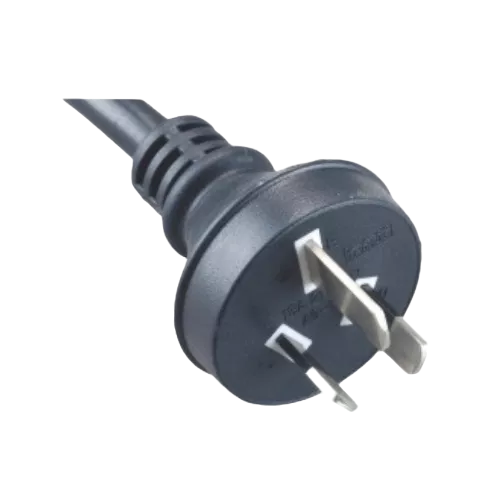Insulation Material: The insulation surrounding the copper conductors is crucial for both electrical safety and physical durability. Flexible materials such as PVC (Polyvinyl Chloride) and rubber are chosen for their ability to bend and flex without cracking or losing their protective properties. PVC is known for its affordability and resistance to moisture and chemicals, making it suitable for a wide range of applications. Rubber, on the other hand, offers superior flexibility and resilience, ideal for environments where the cord may be subjected to frequent bending or movement.
Conductor Stranding: The way copper conductors are constructed within the cord affects its flexibility. Cords with finely stranded conductors consist of numerous small wires twisted together. This construction allows the cord to bend more easily in multiple directions, reducing stress on individual wires and preventing breakage over time. Finely stranded conductors are particularly advantageous in applications where the cord needs to be coiled tightly or maneuvered around obstacles without causing damage or performance degradation.
Outer Jacket Design: The outer jacket of the cord serves as the first line of defense against physical damage and environmental hazards. Flexible outer jacket materials, such as PVC or TPE (Thermoplastic Elastomer), contribute to the overall maneuverability and durability of the cord. These materials are chosen for their ability to resist abrasion, tearing, and punctures while maintaining flexibility over a wide range of temperatures. A smooth surface finish further enhances the cord's handling characteristics, allowing it to coil and uncoil smoothly without tangling.
Construction and Design Features: Modern cord designs incorporate features that enhance flexibility and reduce tangling. For instance, cords may utilize a spiral or helical construction, where the conductors and insulation are wrapped in a spiral pattern around a central core. This design distributes stress evenly across the cord during bending, minimizing the formation of kinks and knots that can lead to tangling. Cords designed with a high degree of flexibility are often rated for a specific minimum bending radius, ensuring they can be safely coiled and routed in tight spaces without compromising performance.
Environmental Considerations: The operating environment plays a critical role in determining the appropriate level of flexibility and resistance to tangling required for the cord. Indoor cords may prioritize ease of handling and flexibility for everyday use, while outdoor cords must withstand exposure to UV radiation, moisture, and temperature fluctuations. Cords intended for industrial applications may need to meet additional requirements, such as resistance to oils, chemicals, and mechanical stressors. Manufacturers often specify environmental ratings and certifications (e.g., IP ratings) to ensure the cord meets the demands of specific applications and operating conditions.
A3-15 Argentina three-pin pure copper power plug cord



 English
English عربى
عربى











